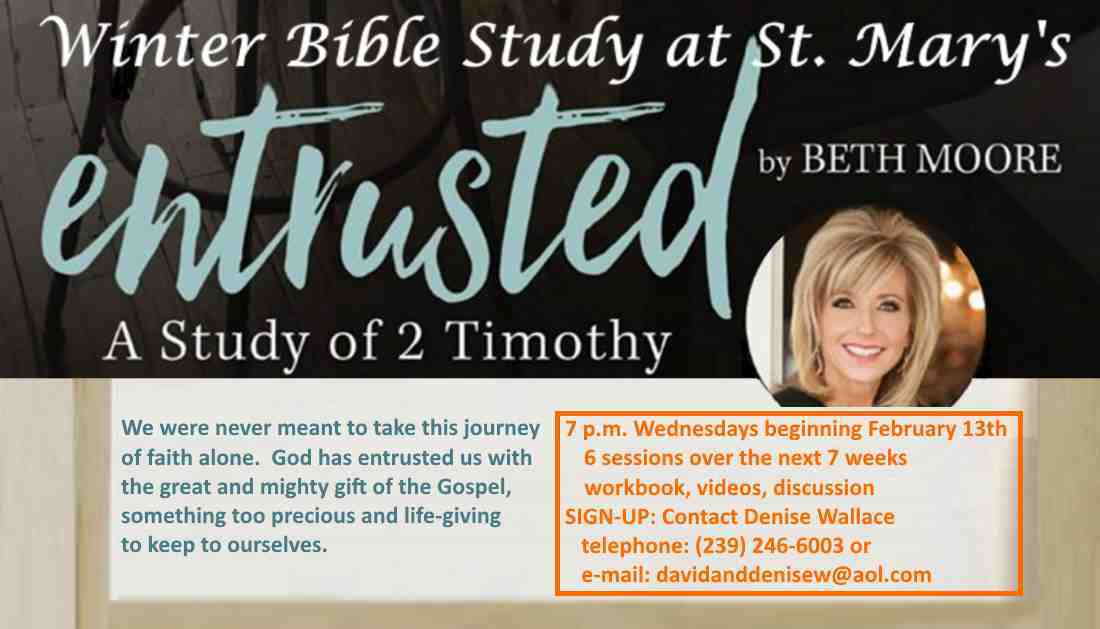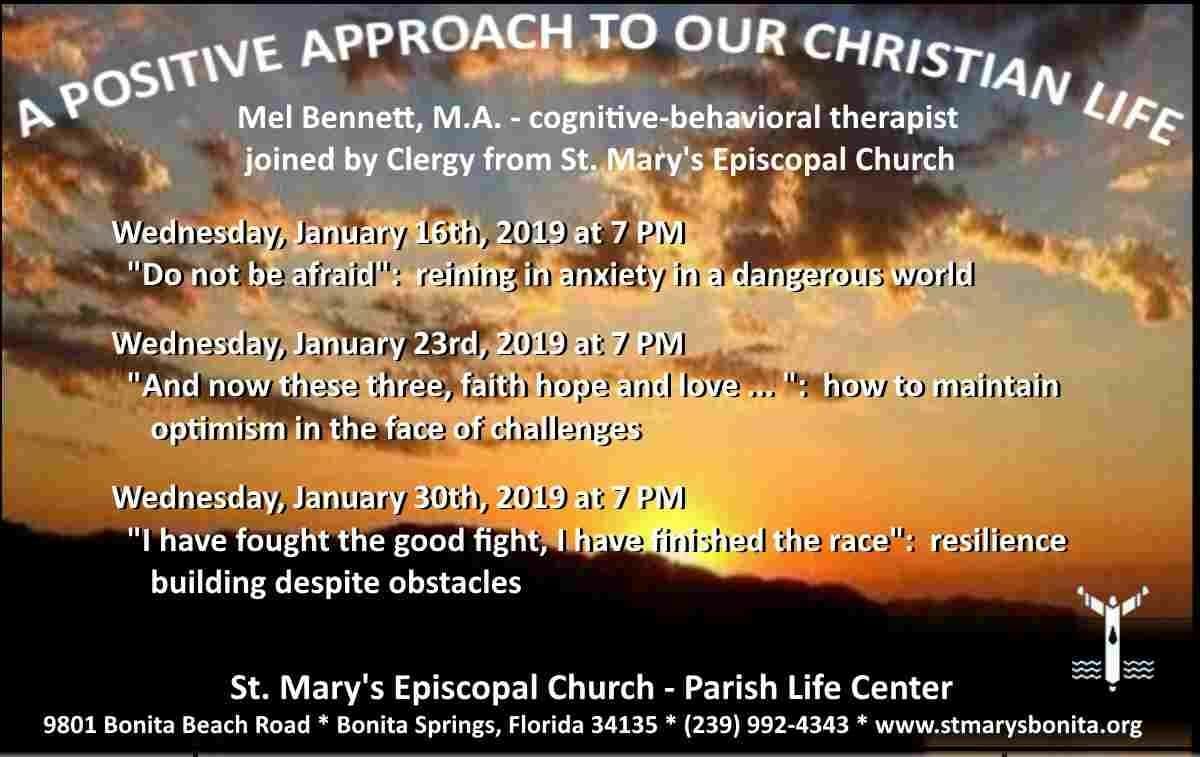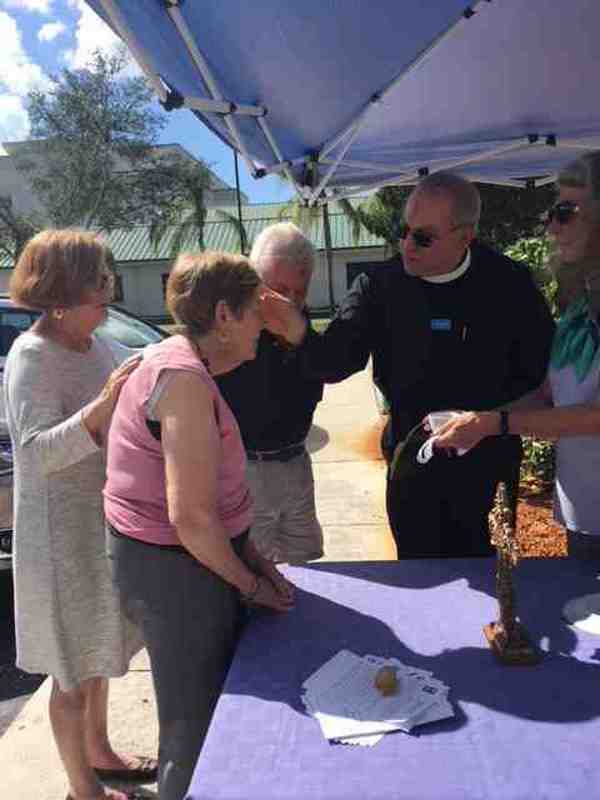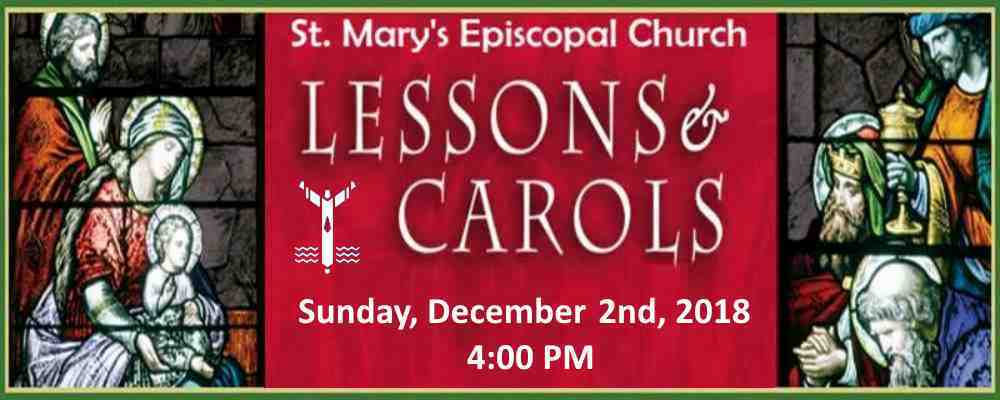ST. PATRICK: The Conflation of Myth and Faith
The feast day for St. Patrick occurs this week, March 17th, and it is noteworthy for the way it is exuberantly celebrated in our secular society, with parades, parties, wearing green garments, drinking green beer, etc. So who was St. Patrick and why all the hoopla! And in terms of one’s faith and spirituality does the mythology that grows up around a particular figure from Church history actually enhance and enrich or, perhaps, cause doubt. For example, how do you reconcile the myth of driving all the snakes out of Ireland if there are no snakes to begin with, with the other achievements of St. Patrick’s ministry? Are they fact or fantasy? Indeed, perhaps the snakes could merely be explained as metaphors for the pagan culture that through St. Patrick’s evangelical efforts was significantly replaced by Christianity. In any event, the Feast of St. Patrick offers an ideal opportunity to parse how myth and faith, enrichment or skepticism, can be theologically reconciled.
First, St. Patrick, whose life of adventure and misadventure, led at times by the supernatural influence of dreams and visions, is too textured to encompass in a few sentences, so the following concentrates primarily on the myth. In addition to the infamous banishment of the fictional snakes there is the probably verifiable story of St. Patrick using the three leafed shamrock to teach about the doctrine of the Trinity. There is also the wonderful apocryphal account of St. Patrick’s ash wood walking stick taking root and growing into a tree as he stood and evangelized the Irish because he remained in the same spot for so long as he preached. And in seventh century writings about the exploits of St. Patrick he is depicted as “a martial figure, who contests with druids, overthrows pagan idols, and curses kings and kingdoms.” In other words, St. Patrick has become an integral part of Irish folk piety that has endured for over a thousand years and is celebrated in no uncertain terms to this day.
But how are we to respond to these accounts and celebrations in terms of our faith? The problem rests with the word myth. In modern English the word often still implies “idle fancy, fiction, or falsehood.” But in another context, a more academic one, the word myth usually means a fundamental worldview story. To quote C. S. Lewis: “The story of Christ is a true myth: a myth working on us the same way as others with this tremendous difference that it really happened: and one must be content to accept it in the same way, remembering that it is God’s myth where the others are men’s myths…” In it’s primary and core technical meaning myth refers to a story or group of stories that serve to explain how a particular society or group views their world. The myths that surround St. Patrick can and do strengthen our faith because they expand our Christian world view. The evangelical deeds of St. Patrick, seen as even heroic in some sense, provide us a perspective that with the emblematic shamrock Holy Trinity of God the Father, God the Son, and God the Holy Spirit anything is possible. So celebrate your faith on St. Patrick’s feast day, and like St. Patrick, share it with others.







I agree with all you sat, David, but I would add:
The actual life of St. Patrick as documented in St. Patrick’s Confession is significant in the conversation of the Irish. (The only conversion that occurred without bloodshed in all of history.)
His capture by the Irish and his desire to return as a bishop to be a shepherd to them far exceeds any myth that may have grown up around him. I think this is true of many of the saints. The question is how can we use the secular stories and celebrations to teach about the real life and mission of St. Patrick to serve Christ.
Hope you and Nancy are doing well.
I am living in Naples as of 2021.